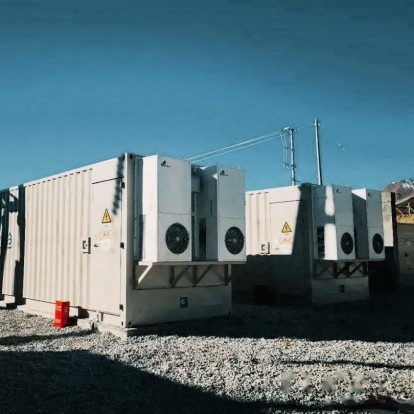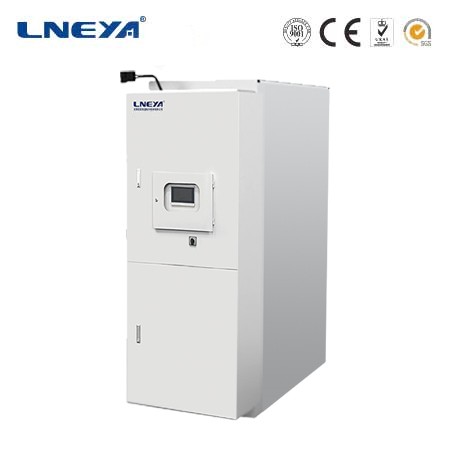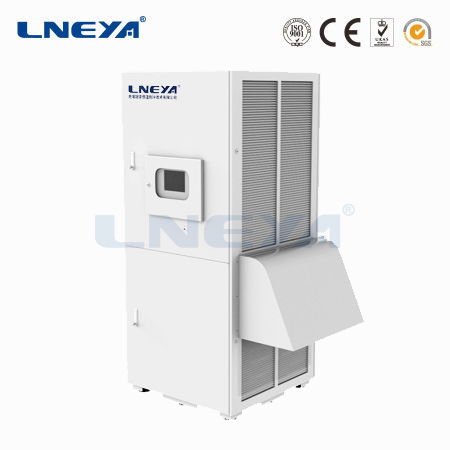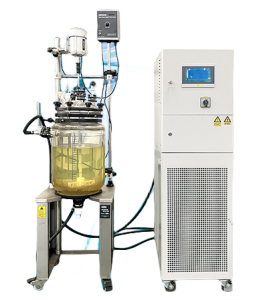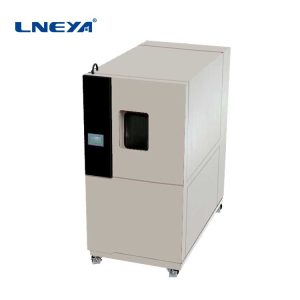How does the liquid cooling system work in the energy storage cabinet?
The working principle of the liquid cooling system in the energy storage cabinet is mainly divided into the following steps:
Coolant circulation: The core of the liquid cooling system is the circulation of coolant. First, the coolant (usually water or a specially formulated coolant such as one containing anti-corrosion, anti-freeze, high heat transfer properties) is stored in the system’s water tank or reservoir. Through the driving of the pump, the coolant is pumped into the circulation pipe.
Heat exchange: The circulating coolant flows through the battery modules in the energy storage cabinet through a heat exchanger (usually a series of carefully designed pipes or plate heat exchangers). During this process, the heat generated by the battery operation is absorbed by the coolant. The design of the heat exchanger ensures that the coolant is in close contact with the surface of the battery module, thereby transferring heat efficiently.
Heat dissipation: The coolant that has absorbed the heat from the battery is then returned to the radiator or condenser. At this stage, heat is released to the external environment. Radiators typically utilize air movement (natural convection or forced air cooling) or water (through a cooling tower or chilled water system) to further dissipate heat from the coolant.
Temperature control: The entire liquid cooling system is usually managed by a control system, including temperature sensors, controllers and actuators. Sensors monitor the temperature of the battery and coolant, and the controller adjusts the speed of the pump, the opening and closing of valves, and the working status of possible cooling fans or external cooling equipment according to the set temperature range to ensure that the entire system is maintained at an ideal temperature level.
Circulation and regulation: The coolant after heat dissipation is pumped back to the battery module again, forming a closed circulation system. During the cycle, the system continuously adjusts the flow and temperature of the coolant to ensure that the battery always operates within the optimal temperature range to avoid performance degradation or safety risks caused by overheating.
The application of liquid cooling system in energy storage cabinets not only improves the thermal management efficiency of the battery system, enhances the stability and safety of the system, but also helps to improve the overall performance of the energy storage system and extend the service life of the battery. It is a response to An effective solution for high power density and long-term operation requirements.
Cooling power
4KW
Temperture accuracy
±1℃
Control System
PLC
Cooling power
45KW
Temperture accuracy
±0.5℃
Control System
PLC
Temperture accuracy
±0.5℃
Control System
PLC
Power range
2.2kW 3.5kW
 Industrial Chiller Heater Equipment Supplier-LNEYA
Industrial Chiller Heater Equipment Supplier-LNEYA

